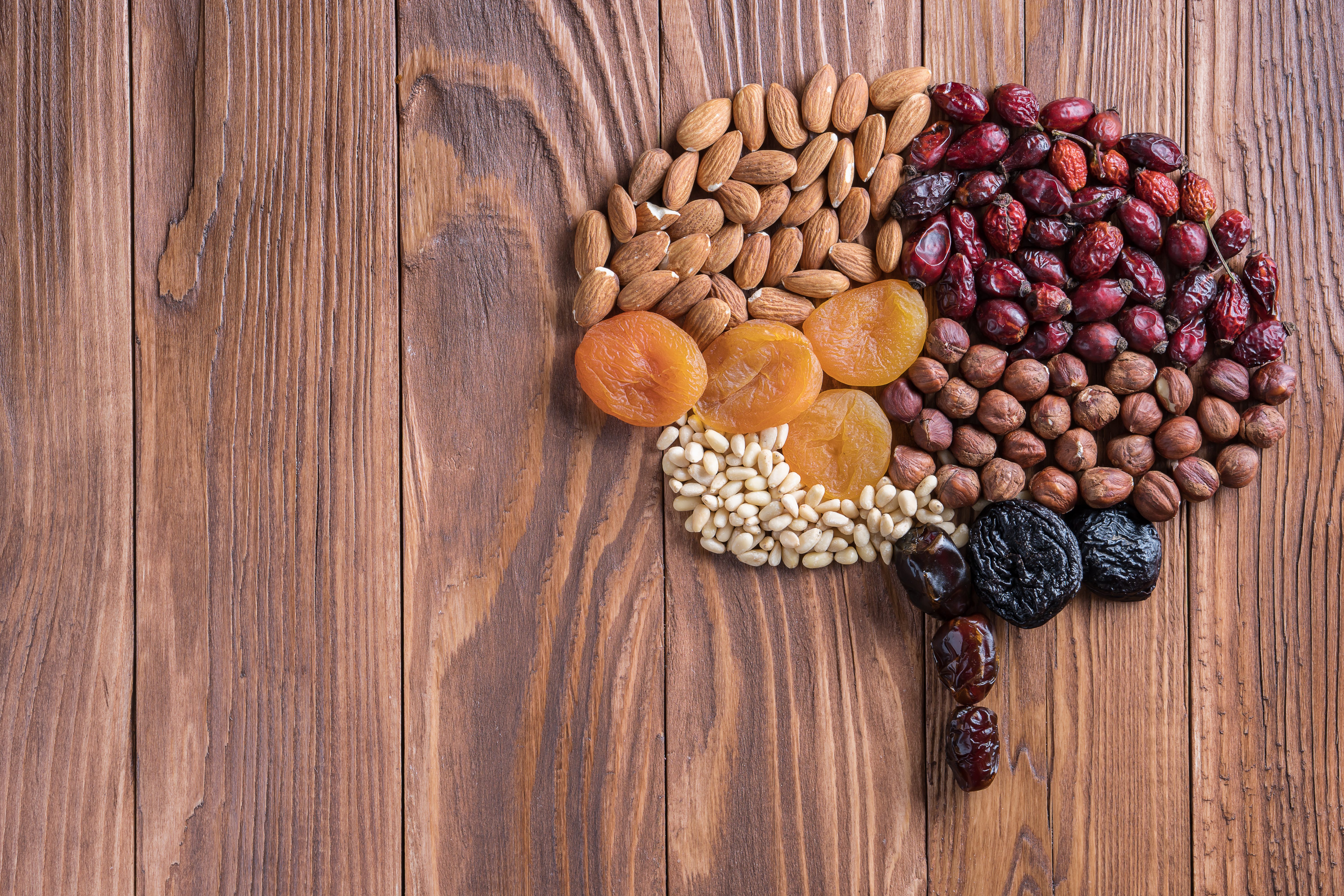What is Comfort Food and Why is It So Important That We Eat It From Time to Time?
Comfort food is any dish that brings emotional comfort and joy, often linked to childhood memories and home cooking. It can reduce stress by triggering feel-good chemicals in the brain. While traditionally familiar, comfort food is personal and can vary widely, including some unexpected favorites.

Picture it: you’re stressed, it's been a long day, and all you want is to go home, sit on the couch, and relax. What food are you craving in those moments? Maybe it’s a warm bowl of soup, a heaping plate of macaroni and cheese, or even a simple grilled cheese sandwich. That’s your comfort food. But what exactly is comfort food, and why does it have this magical power to make us feel so good? Let's dive in and find out.
What Is Comfort Food?
Comfort food is the culinary equivalent of a warm hug. It's the food we turn to when we need a pick-me-up, something familiar and satisfying. The term "comfort food" first appeared in the 1960s, coined to describe foods that provide solace or a sense of well-being. While the exact origins of the term are murky, it gained popularity in American culture as psychologists and nutritionists began to explore the emotional connections people have with food. Comfort food is often linked to childhood memories, home cooking, and a sense of nostalgia, making it a powerful emotional trigger.

How Does Comfort Food Affect Our Stress Levels?
Why does comfort food make us feel so much better? The answer lies in both psychology and biology. Eating comfort food can trigger the release of dopamine and serotonin, the brain's "feel-good" chemicals, which help reduce stress and boost mood. These foods are often high in carbs and fats, providing a quick energy boost and a sense of satisfaction. Moreover, the act of eating something familiar can bring a sense of control and stability, especially during stressful times. It’s not just about the taste; it’s about the memories and emotions that the food evokes. Think of it as edible therapy.
What Are America's Most Famous Comfort Foods?
When it comes to comfort food, America has some iconic favorites that have stood the test of time:
- Macaroni and Cheese: Creamy, cheesy, and oh-so-satisfying, this dish is the epitome of comfort. It's a staple in many households and a go-to for both kids and adults.
- Chicken Soup: Often dubbed "Jewish penicillin," chicken soup is renowned for its soothing properties, perfect for cold days or when you're feeling under the weather.
- Mashed Potatoes: Smooth, buttery, and often paired with gravy, mashed potatoes are a hearty comfort food that reminds many of family dinners and holiday feasts.
- Grilled Cheese Sandwich: Simple yet incredibly satisfying, a grilled cheese sandwich, especially when paired with tomato soup, is a quick fix for any stressful day.
- Meatloaf: A nostalgic favorite, meatloaf combines ground meat with a variety of seasonings and often a sweet ketchup glaze, bringing a sense of home-cooked goodness.

What Can Be Defined as Comfort Food?
So, what is considered comfort food? Essentially, it’s any food that brings you comfort and joy. While many people find solace in traditional dishes like those mentioned above, comfort food is highly personal and can vary widely. Some might find comfort in a bowl of ice cream or a slice of pizza, while others might crave something more unusual. For instance, some people find comfort in foods like pickles, peanut butter on celery, or even spicy ramen. The key is the emotional connection and the sense of well-being the food provides.
;Resize,width=767;)
;Resize,width=712;)
;Resize,width=712;)
;Resize,width=712;)
